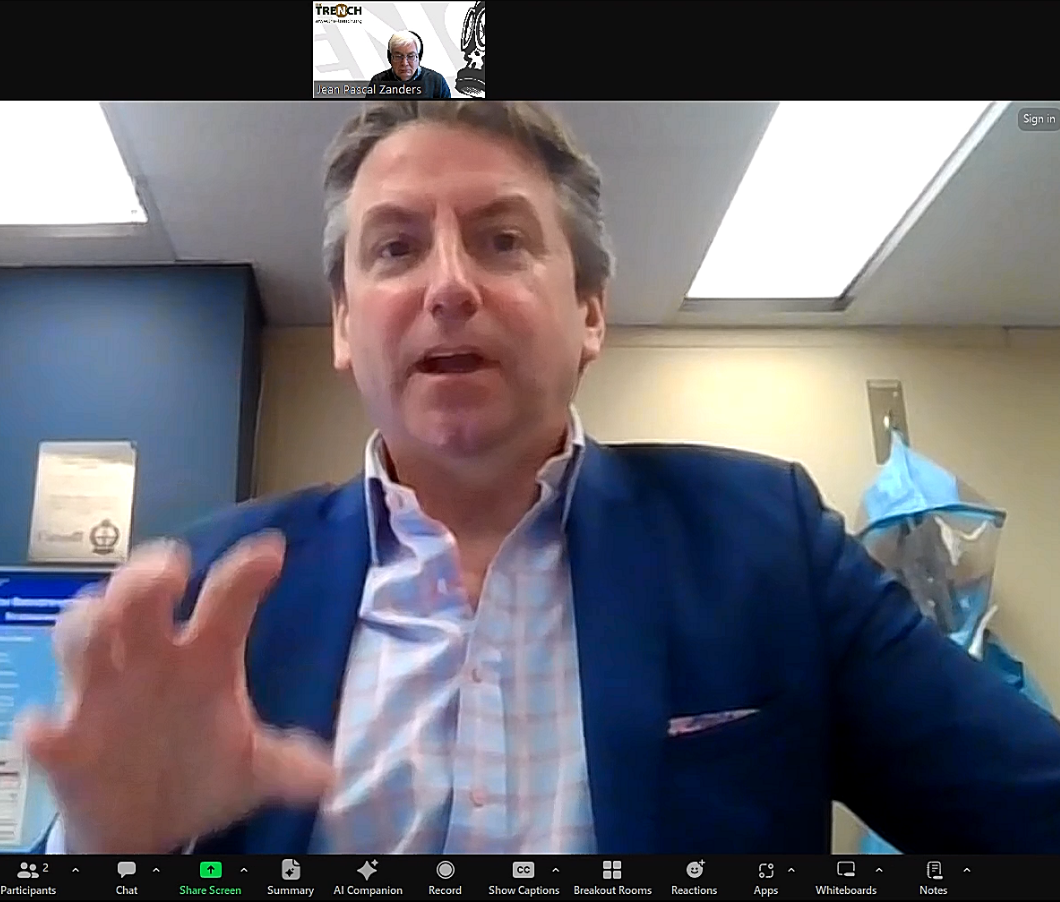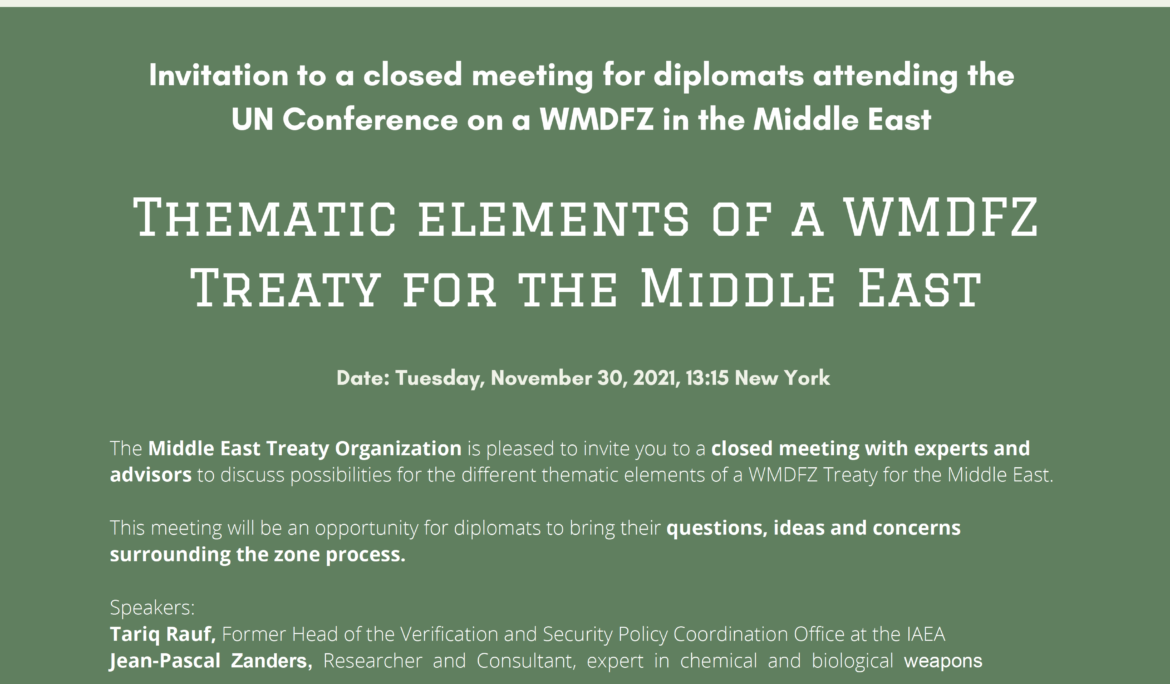Nuclear Terrorism – Book published
Nuclear Terrorism: Countering the Threat Edited by Brecht Volders and Tom Sauer Routledge, 262 pages About the Book This volume aims to improve understanding of nuclear security and the prevention of nuclear terrorism. Nuclear terrorism is perceived as one of the most immediate and extreme threats to global security today. While the international community has made important progress in securing fissile material, there are still important steps to be made with nearly 2,000 metric tons of weapons-usable nuclear material spread around the globe. The volume addresses this complex phenomenon through an interdisciplinary approach: legal, criminal, technical, diplomatic, cultural, economic, and …
Nuclear outrage
In its situation report of 11 March 2015, the World Health Organization (WHO) tallies a death toll of 9,961 out of 24,247 cases (41% mortality rate) in the three West-African countries of Guinea, Liberia and Sierra Leone. While the overall rate of new infections seems to be slowing down, the numbers nevertheless continue to rise. Infectious disease is the greatest threat to mankind, far higher than any imaginable terrorist plot. According to WHO statistics from about 10 years ago, infectious diseases are responsible for over 13 million deaths worldwide each year. That is 25% of all deaths worldwide each year. …
1996 ICJ advisory opinion on nuclear weapons: reflections
The Asahi Shimbun (Japan) is publishing a set of four articles on the Advisory Opinion on the legality of nuclear weapon use in armed conflict issued by the International Court of Justice in 1996. They include a commentary and interview with former ICJ president Mohammed Bedjaoui, as well as a commentary and interview with former ICJ judge Christopher Weeramantry. I am not sure whether they make up the total package, but in case of future additions the articles can also be accessed from: http://ajw.asahi.com/tag/NUKE%20JUDGEMENT …
The Nuclear Nonproliferation Regime at a Crossroads
Memorandum No. 137, Tel Aviv: Institute for National Security Studies, May 2014 Editors: Emily B. Landau , Azriel Bermant The articles compiled in this volume grapple with questions and dilemmas that arise from a growing sense in recent years that the Nuclear Non-Proliferation Treaty (NPT) has reached a critical juncture, and that its continued role as the centerpiece of the nuclear nonproliferation regime is at risk. This is the result of a process that has unfolded gradually since the end of the Cold War, which also spelled the end of the bipolar global structure that, in the minds of many, …
Education for disarmament and non-proliferation
Building a culture of responsibility: education for disarmament and non-proliferation Journal of Strategic Trade Control, Special Issue, Vol. 2 (September 2024) I am honoured to have been invited to contribute to the Special Issue of the Journal of Strategic Trade Control (JoSTC) focussed on Training programs to counter current and emerging biological and chemical proliferation risks: themes, practices, and lessons learnt. Between January 2018 and December 2023, I was involved in the design, development and implementation of a master’s course on dual-use technology transfer control, which was implemented in Central Asia through the International Science and Technology Centre (ISTC) and …
The Australia Group and the prevention of the re-emergence of chemical and biological weapons
The European Union Non-Proliferation and Disarmament Consortium held its 11th Consultative Meeting in Brussels on 15 and 16 September 2022. Its central theme was the “Topicality of multilateral export control regimes”. On the second day, one of the four breakout sessions addressed the Australia Group, an informal arrangement coordinating technology transfer controls relating to dual-use agents and equipment with potential relevance for developing and producing chemical and biological weapons. Introducers were Ms Esmée de Bruin (Netherlands), Dr Mónica Chinchilla (Spain) and Ms Élisande Nexon, PharmD (France). I had the honour of moderating the session. The three speakers have different backgrounds, …
Response is failure in the primary mission of preventing CBW
The Global Partnership against the Spread of Materials and Weapons of Mass Destruction has now been around for over two decades. In the wake of the terrorist attacks against the US in September 2001, it started out as an effort to mobilise the resources of the G8 members to prevent terrorist acquisition of nuclear, biological and chemical weapons, and related materials. The weapons, technologies and skills available from the former Soviet Union presented a significant proliferation risk, which the US was already addressing through the Cooperative Threat Reduction (CTR) programme. Now comprising 31 members, the Global Partnership (GP) played a …
CBW in Regional Disarmament in the Middle East and North Africa
Just published (Open access): Jean Pascal Zanders (2022): Chemical and Biological Weapons in RegionalDisarmament in the Middle East and North Africa, Journal for Peace and Nuclear Disarmament,DOI: 10.1080/25751654.2022.2092368 From the introduction: In November 2019, the Conference on the Establishment of a Middle East Zone Free of Nuclear Weapons and Other Weapons of Mass Destruction held its first session. The new series of annual one-week meetings to eliminate non-conventional arms – essentially nuclear weapons (NW), and to a lesser extent chemical and biological weapons (CBW) – followed the acceptance by the First Committee of the UN General Assembly (UNGA) of Egypt’s …
Trying to picture a treaty for a Middle East Zone free of non-conventional weaponry
On 30 November, the Middle East Treaty Organisation (METO) – a coalition of civil society activists and practitioners – organised an informal virtual discussion round with Middle Eastern diplomats participating in the Second Session of the Conference on the Establishment of a Middle East Zone Free of Nuclear Weapons and Other Weapons of Mass Destruction under the auspices of the UN Office of Disarmament Affairs. That session should have taken place last year, but the COVID-19 pandemic forced postponement of in-person UN diplomatic gatherings. Last Tuesday’s informal discussion forms part of METO’s efforts to draft and promote a treaty for …
Constructive ambiguity, or the insertion of science review in the CWC
(Science and technology review under the BTWC, Part 2) Comparing the Biological and Toxin Weapons Convention (BTWC) and the Chemical Weapons Convention (CWC) is a useful exercise for imagining what could have been, especially for the former relative to the latter. Completion of negotiations lies 21 years apart. What became possible by 1992 was simply not an option in 1971. The cold war had ended; the 1987 US-USSR Intermediate-Range Nuclear Forces Treaty paved the way for onsite inspections; and an eight-year war between Iran and Iraq had seen widespread chemical weapon (CW) use on battlefields, against civilians and for genocidal …





